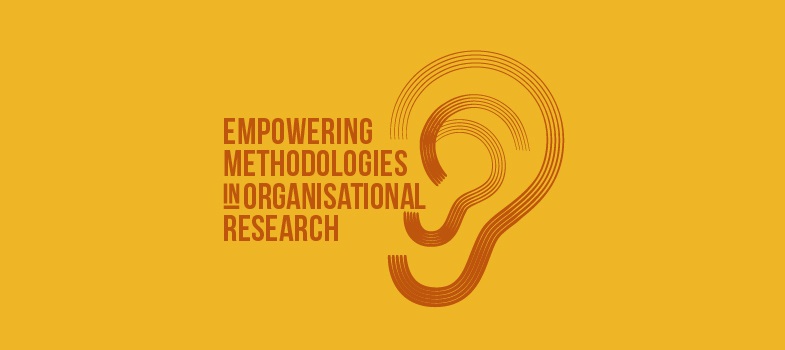Stories from the field
Guangpuanang Kahmei: building trust with the Naga people of the Langthabal region
Guangpuanang Kahmei [Tip: hold Ctrl and click a link to open it in a new tab. (Hide tip)] , a researcher on the project team, studied with the Naga people, an Indigenous group who live in communities in the states of Assam, Manipur and Nagaland in India. The majority of Naga people live in the hill district known as Naga hills of Nagaland and Zeliangrong Hills in Manipur. Guangpuanang is originally from the Zeliangrong region called Tamenglong which is the headquarters of the Zeliangrong Nagas.
The village that Guangpuanang studied in is Rongmei village, which is part of the Zeliangrong community. However, the village is situated in the Imphal West district, which is actually far from the Rongmei settlement areas in the Meitei Majority district of Manipur in the Valley. This is a tiny village of around 30 households, a third of whom are Christian. This village is surrounded by Meiteis (non-tribal community).
Guangpuanang was particularly interested in understanding how Naga communities organise everyday routines and rituals. He has a close association with the NPMHR (Naga People Movement for Human Rights), which enabled him to introduce himself to Naga Hoho president, many Naga leaders, through whom he gained access to Rongmei village.Guangpuanang conducted many interviews, storytelling sessions and group discussions to collect data.
In this excerpt from Guangpuanang’s research diary, he discusses his feelings about gaining access and building trust in Rongmei village and the culture in which he grew up, but has not lived in for several years, since moving interstate for his education:
It is very difficult to gain the trust of a marginalized community as they have experienced many deceptions in the past. Some of the questions they put to me were that ‘how will they know that whatever they share with me will not be distorted?’ In the past, many people have come and do research about them but when they publish, they totally write a different story or even some people take the idea and used for their advantage. Therefore, all they asked of me was at least give a reference that that information is collected from them so that in future if anybody wants to know about them let them come to us.
… I was feeling uneasy to go to Langthabal Chingkha village as I’m not accustomed to their culture and I know not even to a single person in the village but I was compelled to go to them because this is the only village who still practices the age-old tradition called TIngkao-Raguang-Kariak (TRK). I was wondering what language should I use to communicate to them because they are little different from the common population in the Zeliangrong region mainly because of their religious practices (They might think that I might condemn their faith because I’m Christian and many Christian do). Therefore, I took some friend to accompany me during my first visit. To my surprise, I find that they are the kindest people I ever meet thus far in my entire life, I observed that younger one give utmost reverence to the elder in the Morung (it is where I do the most interaction). For example, when I asked some question about their practices addressing to my age group who are present there, even if they know if someone who is older than him present in our midst he will simply say ‘may the elder speak’ or in case if he to answer he will start saying something like ‘though there is a respected elder’ and answer the query.
Activity: Guangpuanang’s diary entry
Recommended reading
Butcher, T. (2013) ‘Longing to belong’, Qualitative Research in Organizations and Management, 8(3): 242–57. Available at: https://pmt-eu.hosted.exlibrisgroup.com/ permalink/ f/ gvehrt/ TN_emerald_s10.1108/ QROM-05-2012-1065 (accessed 1 October 2019).
Cunliffe, A.L. (2016) ‘“On becoming a critically reflexive practitioner” redux: what does it mean to be reflexive?’, Journal of Management Education, 40(6): 740–46. Available at: https://pmt-eu.hosted.exlibrisgroup.com/ permalink/ f/ gvehrt/ TN_sage_s10_1177_1052562916668919 (accessed 1 October 2019).
Manning, J. (2018) ‘Becoming a decolonial feminist ethnographer: addressing the complexities of positionality and representation’, Management Learning, 49(3): 311–26.
Voice and reflexivity in research interviewing
